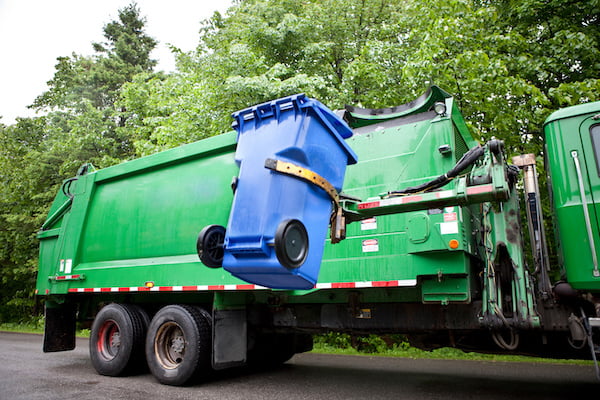Did you know the city you live in uses equipment with hydraulic systems, like snowplows and fire trucks? Hydraulics are everywhere and are used for most important of resources.
Firefighting
Firefighting equipment operates in extreme temperatures and conditions. In most operations, the equipment will require continuous use, so a quality hydraulic system must be in place or the response functions at the scene may be hindered if a suitable hydraulic fluid is not selected.
Some hydraulic applications include aerial apparatus, heavy rescue vehicles, swap body vehicles, hydraulic rescue tools and hydraulic fire truck generators. From the fire engine to other emergency tools, most operations rely on the power of pressurized fluid. For example, the ladder used for rescuing the public from fire accidents is one of the common examples of hydraulics.
Firefighter equipment uses hydraulics to power the need to get through the toughtest of situations. Hydraulic power increases the force behind the working ends of tools. So, with more power, the firefighter can rescue someone faster.
Waste management
Waste management is an essential process for municipalities. Quality hydraulic systems make waste management far more effective by performing tasks much easier, including:
- Trash Collection – Hydraulics make it easier for garbage trucks to load, lift and transport solid and liquid waste types. They are also found at dumpsites and landfills to lift and dump trash.
- Trash Compactors – Hydraulics are used in trash compactors, as they need a lot of power to compact large amounts of waste.
- Street Sweeping – These hydraulic systems rely on motors to rotate the brushes of the sweepers. They create atomized mists of high-pressure water to use less while providing excellent power to clean the streets.
The water system
A reliable water supply is an integral part of a municipality. A water distribution system hydraulic model allows cities to gain a real-time view of how their distribution works. By establishing system conditions such as water pressure, flow rate, velocity, storage, etc., hydraulics can help solve various distribution system issues in design or operation. As with any other equipment using hydraulics, quality is crucial.
When hydraulic integrity is compromised, water quality suffers. This can be from loss of positive line pressures, flow reversals, rapid changes in velocity, a reduction in hydraulic capacity, an increase in water residence time or a combination of these. This loss can include contamination and sedimentation.
Real-time monitoring of pressure should help in identifying hydraulic integrity. Regular measurements and system evaluation should be taken at treatment plants and wells, pumps and booster stations, reservoirs, valves and other critical system points.
Equipment efficiency is directly influenced by the quality of the components and not all hydraulic components are created equal. Learn why quality components are more important than ever, especially for those who depend on them to keep cities running.
To learn more about the trends that manufactures should look out for, check out our BluPrint!

